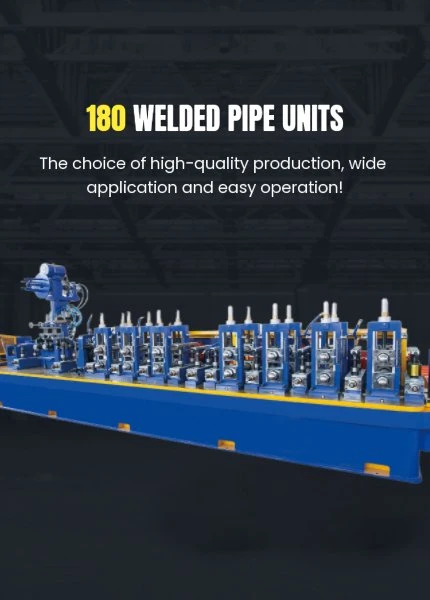rolling shutter making machine price
Understanding the Price Factors of Rolling Shutter Making Machines
In today’s modern manufacturing landscape, rolling shutter making machines have become an essential asset for businesses promising security and convenience. These machines enable the production of rolling shutters, which are widely used in commercial buildings, warehouses, and residential properties. Understanding the price dynamics of these machines can be crucial for businesses looking to invest in equipment that supports their operational needs.
What is a Rolling Shutter Making Machine?
A rolling shutter making machine is designed to produce various types of rolling shutters, which are typically made from materials like aluminum, steel, or polycarbonate. These machines automate the manufacturing process, ensuring that shutters are made efficiently and consistently. The machine typically includes components for cutting, shaping, and rolling the material into the desired shutter form.
Factors Influencing the Price
1. Quality of Components One of the major factors affecting the price of rolling shutter making machines is the quality of the materials and components used. High-quality machines are often built with durable components that can withstand intensive usage. Machines made with premium materials tend to have longer lifespans and may incur lower maintenance costs over time, justifying a higher initial investment.
2. Technology and Automation Levels The level of automation integrated into the machine also plays a crucial role in determining the price. Advanced machines with automated features such as computerized controls, auto-feeders, and real-time monitoring tend to be more expensive. While the upfront cost might be higher, such features can lead to increased productivity and reduced labor costs over time.
rolling shutter making machine price

3. Production Capacity The production capacity of the machine is another vital aspect impacting price. Machines that can produce larger quantities of rolling shutters per hour usually come with higher price tags. This is because they require more robust engines and additional functionality to handle increased demand.
4. Brand Reputation The brand of the machine also affects its price. Established manufacturers with a reputation for quality tend to command higher prices, as customers are willing to pay a premium for reliable performance and customer support. Purchasing from reputable brands may also ensure better warranty and service options.
5. Customization Options Customization capabilities can further influence the pricing of rolling shutter machines. Businesses often seek machines tailored to their specific needs, whether in terms of size, material handling, or production speed. Custom-built machines generally come at a premium, but they offer enhanced functionality tailored to unique production requirements.
6. Market Trends Lastly, market trends and demand can have a significant impact on pricing. Economic factors, including supply chain challenges, inflation rates, and demand fluctuations, can lead to price variations. Keeping an eye on these trends can help businesses make more informed purchasing decisions.
Making an Informed Investment
When considering the purchase of a rolling shutter making machine, businesses should perform thorough research to select a model that aligns with their production needs and budget. Investing in a reliable machine can enhance operational efficiency, improve product quality, and ultimately contribute to customer satisfaction.
Ultimately, understanding the factors that influence the price of rolling shutter making machines will enable business owners to make informed choices. Whether focusing on quality, automation, or production capabilities, taking a strategic approach to purchasing machinery can significantly impact the overall success of manufacturing operations.
-
High Frequency Straight Seam Welded Pipe Production Line-BzZhou Xinghua Machinery Equipment Manufacturing Co., LTD.|line pipe steel&welded gas pipeNewsJul.30,2025
-
High Frequency Straight Seam Welded Pipe Production Line-BzZhou Xinghua Machinery Equipment Manufacturing Co., LTD.|High Precision&Automated SolutionsNewsJul.30,2025
-
High Frequency Straight Seam Welded Pipe Production Line - BzZhou Xinghua Machinery Equipment Manufacturing Co., Ltd.NewsJul.30,2025
-
High Frequency Straight Seam Welded Pipe Production Line-BzZhou Xinghua Machinery Equipment Manufacturing Co., LTD.|Precision Welding, High EfficiencyNewsJul.30,2025
-
High Frequency Straight Seam Welded Pipe Production Line|BzZhou Xinghua|Precision Welding&EfficiencyNewsJul.30,2025
-
High Frequency Straight Seam Welded Pipe Production Line - BzZhou Xinghua|Precision Engineering&EfficiencyNewsJul.30,2025


